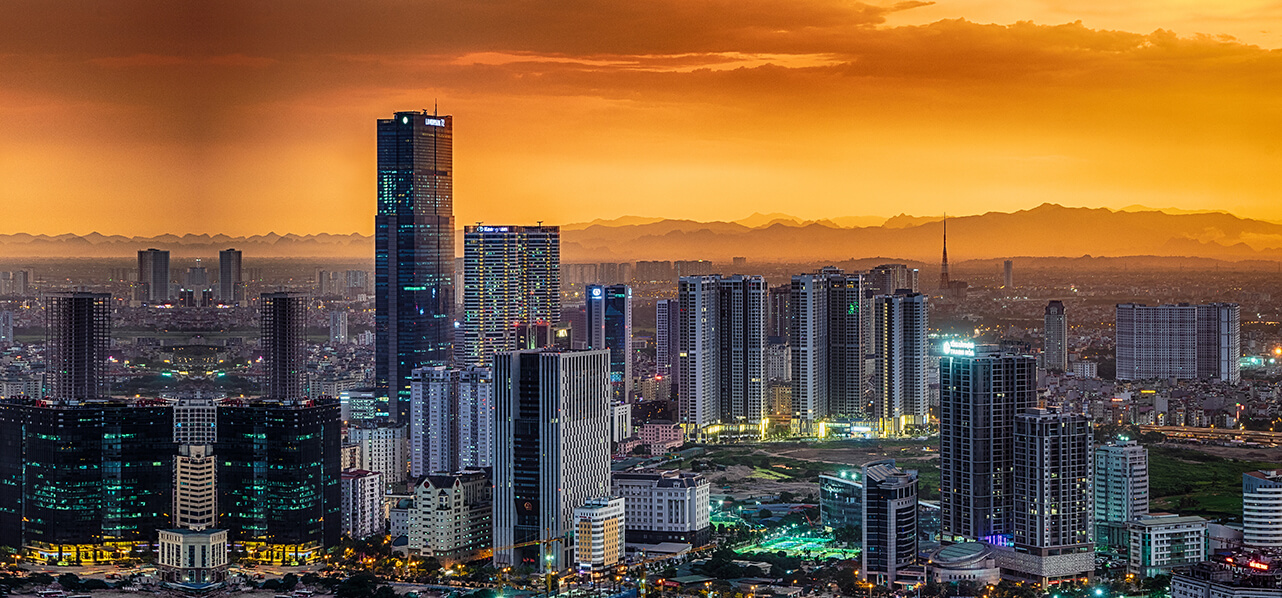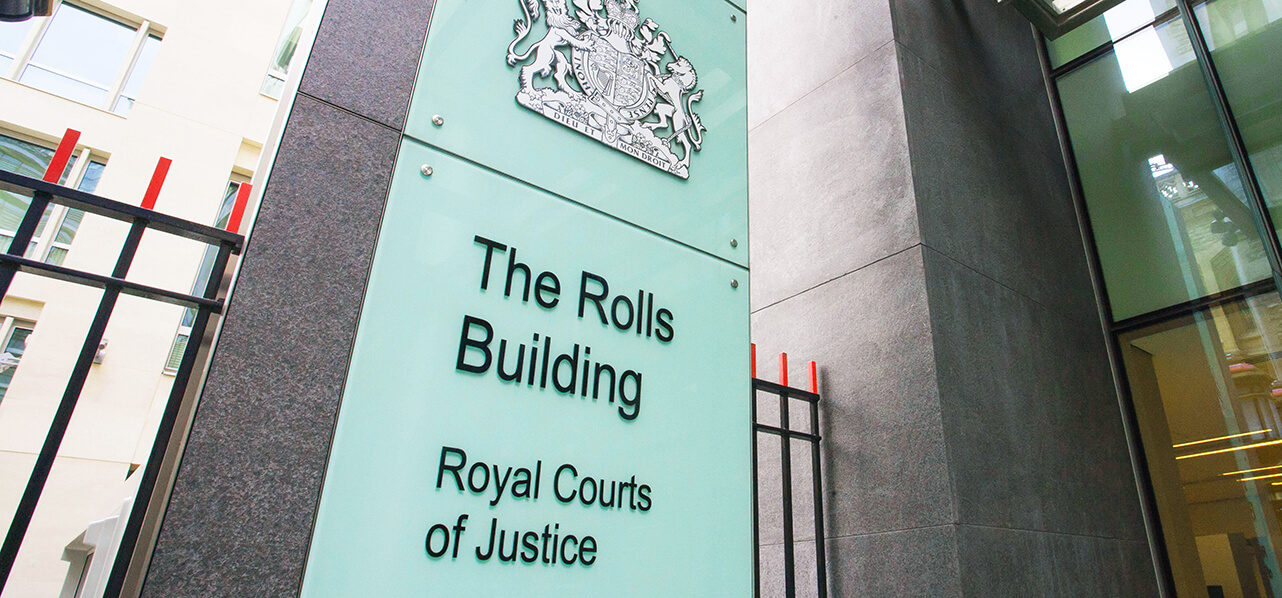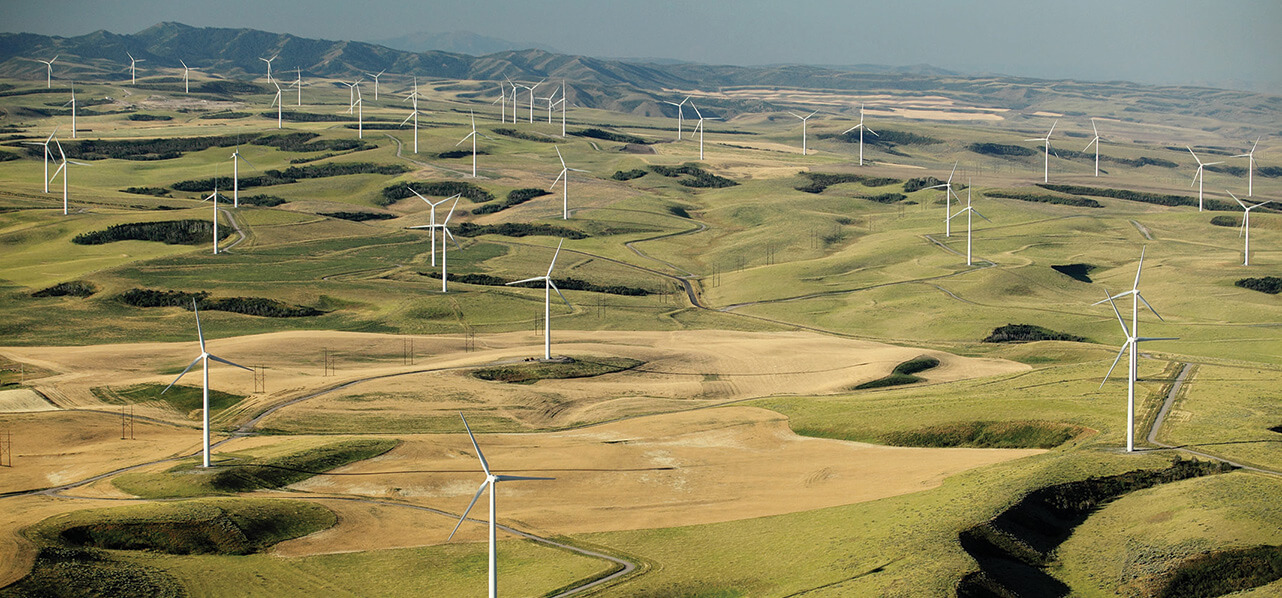The Philippines is one of the fastest growing countries in South East Asia, with an average annual GDP growth rate of over 6% between 2010 to 2016. Construction sites, rising condominiums and traffic congestion are a common sight in the country’s main cities, reflecting its growing population, rising incomes and the increasing demand for electricity.
Nearly half the country’s energy supply is imported as coal and oil, and its geographic location subjects it to recurrent typhoons and other natural disasters. This, together with marginal power reserves, have put energy independence and security at the forefront of policy debate in the Philippines.
Against this backdrop, the country set an ambitious target in 2011 to almost triple its renewable energy generation capacity from 5,438 MW to 15,304 MW by 2030. It has also recently joined other ASEAN members in committing to having 23% of their energy supply from renewable sources by 2025.
This briefing considers a number of potential issues that investors should look out for when developing renewable energy projects, particularly wind and solar power, in the Philippines.
Drivers
With the country’s high growth rate, marginal power reserves, and strong projected power demands, the macro economic conditions are favourable for the development of renewable energy projects in the Philippines.
The country’s geographic location also provides it with an abundance of potential renewable energy resources, including geothermal and hydropower. Wind and solar conditions are also considered largely favourable.
The country’s regulatory framework for renewable energy is comparatively well established compared to other South East Asian countries. In 2008, the Philippines implemented the Renewable Energy Act (“RE Act”), which was then considered as the first comprehensive legislation on renewable energy in South East Asia. The National Renewable Energy Program launched in 2011 by the Philippines government, provided a roadmap for implementing the RE Act, including the provision of Feed-in- Tariffs (“FiT”) and the ‘Renewable Portfolio Standards’, discussed further below. The regulatory regime is largely standardised across the different types of renewable energy, i.e. geothermal, hydro, solar, wind and biomass.
Challenges
While macroeconomic conditions are favourable, there are a number of challenges that investors may face when developing renewable energy projects in the Philippines:
- Permitting
Investors often find there is a gap between policy and the reality of implementation, particularly during the early development and permitting phase. A common complaint is that the permitting procedures for renewable energy projects are complex and lengthy. Approvals are required from a multitude of government agencies, each having their own timelines and milestones. Permits are required from all levels of Government (i.e. from the barangay, municipal, provincial, regional, and departmental authorities), which can give rise to variations in timing and application requirements and can appear to be a repetitive process.
In light of this, investors may want to consider reviewing their internal and external staffing arrangements to ensure there is sufficient manpower in place to deal with multiple permit applications.
The Philippine Department of Energy has recently attempted to simplify the permitting process however, so there may be positive changes on this going forward.
- Foreign ownership
While thermal power projects such as coal or natural gas are not subject to foreign ownership restrictions, renewable projects such as solar and wind are subject to such restrictions as they are considered to utilise a national resource.
Foreign ownership of a company developing a renewable energy project in the Philippines is limited to 40%. There are also similar restrictions on the foreign ownership of land. To resolve this issue, foreign investors can implement appropriate structuring arrangements with local partners, however they should be mindful of compliance with the country’s anti-dummy laws in respect of foreign holdings which target artificial ownership.
- Grid connection
The country’s power grid is owned by the Government through the National Transmission Corporation (“Transco”) but operated by the National Grid Corporation of the Philippines (“NGCP”), a private entity subject to regulation.
With the growth in renewables, there have been grid-related technical issues which have resulted in the curtailment of solar and wind power in certain instances. In addition, particularly for larger scale projects, there is often a mismatch between the timing that NGCP needs to obtain approval for and develop the necessary grid infrastructure to support the project, and the investor’s own desired project timetable.
- Feed-in-Tariff and Renewable Portfolio Standards
Feed-in-tariff (“FiT”) rates were comparatively generous when originally introduced in 2012, however they were subject to installation caps determined on a first-come first-serve basis. This meant that an investor’s eligibility for the FiT would only be confirmed once its project had effectively reached the commissioning phase.
For solar projects, the FiT was PHP 8.69/kWh, capped at 500 MW in 2015. For wind projects, the FiT was PHP 7.40/kWh, capped at 400 MW in 2015. Due to the overwhelming response from investors, the Department of Energy issued a large number of service contracts for solar and wind power, well in excess of the FiT caps, consequently creating a race to commission.
As of now, the installation caps for both solar and wind projects have largely been met, and there does not appear to be any sign of extension of these caps. There is increasing discussion of moving towards an auction based system for solar and wind power. The installation caps for biomass and run-of-river hydro have not yet been filled however and the deadlines have recently been extended.
Notwithstanding the above, the Renewable Portfolio Standards for On-Grid Rules took effect on 30 December 2017. Among other provisions, these rules mandate energy sector participants (including distribution utilities and generators) to source or provide a minimum annual requirement from renewable energy resources through the trading of renewable energy certificates. While these rules are still being transitioned during 2018 – 2019 and will not take full effect until 2020, this will be a critical driver for the development of renewable energy projects going forward.
- Offtake and financing
Traditional non-recourse project financing for solar and wind projects in the Philippines is not prevalent, with most renewable projects initially being financed on a corporate basis. For those solar or wind projects that may no longer avail of the FiT incentives, an offtake agreement can be entered into with a distribution utility, industrial user or the power can be sold directly to the country’s wholesale power market. With the falling costs of renewable technology together with the country’s forward looking regulatory approach, there may be growing appetite towards project financing from local lenders for renewables, who largely dominate the power market.
Outlook
The underlying macroeconomic conditions and the established regulatory framework provide a sound basis for the future growth and development of renewable energy in the Philippines. In particular, the Renewable Portfolio Standards (although originally proposed in 2012 and notably a long time in the making) represent another important step for the country towards meeting its future renewable energy goals.
Although there are certain challenges highlighted above which investors may face, by having mitigating measures in place including appropriate structuring and a realistic approach to project timetables, such challenges can be addressed. In line with the country’s record growth, the market for developing renewable energy projects in the Philippines looks promising.



